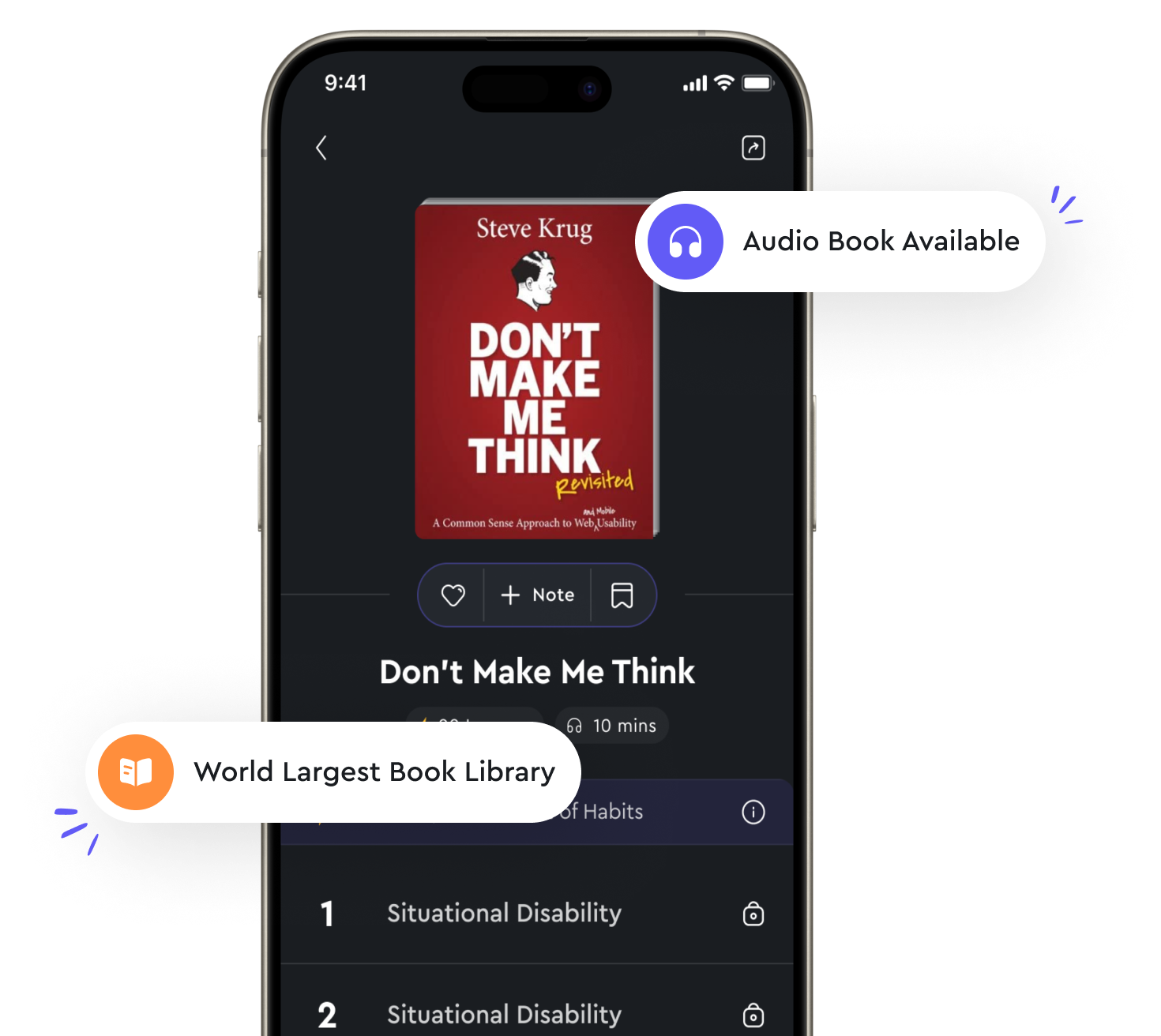Use transitions to guide the audience from "summary" of The Art of Public Speaking by Dale Carnegie,J. Berg Esenwein
Transitions play a crucial role in ensuring a smooth flow of ideas during a speech or presentation. They act as signposts that guide the audience from one point to another, helping them to follow the speaker's train of thought without getting lost in a sea of information. Without effective transitions, the audience may struggle to understand the relationships between different ideas, leading to confusion and disengagement. By using transitions strategically, a speaker can create a logical sequence of ideas that builds upon each other, leading the audience on a journey of discovery and understanding. Transitions help to connect the dots between different points, showing how they relate to each other and building a coherent narrative that keeps the audience engaged and interested. There are various types of transitions that a speaker can use, such as chronological transitions, which indicate the passage of time or the sequence of events, and causal transitions, which show cause-and-effect relationships between ideas. Other types of transitions include comparative transitions, which highlight similarities or differences between ideas, and conclusive transitions, which signal the end of one idea and the beginning of another. Transition words and phrases are essential tools for guiding the audience through a speech. Words like "first," "next," "in addition," "furthermore," and "finally" help to signal the relationships between different ideas and create a sense of order and coherence. By using these transition words and phrases effectively, a speaker can make their speech more organized, coherent, and easy to follow. Consistency in tone and style is also important when using transitions. A speaker should strive to maintain a consistent voice throughout their speech, using transitions that fit seamlessly with the overall tone and style of the presentation. This helps to create a sense of unity and coherence that keeps the audience engaged and focused on the speaker's message.- Transitions are essential tools for guiding the audience through a speech or presentation. By using transitions strategically, a speaker can create a logical sequence of ideas that build upon each other, leading the audience on a journey of discovery and understanding. Transition words and phrases help to signal the relationships between different ideas and create a sense of order and coherence, while consistency in tone and style ensures that the transitions fit seamlessly with the overall flow of the presentation.
Similar Posts

Use positive body language to appear approachable
When engaging in small talk, it is important to consider not only what you say but also how you present yourself nonverbally. O...
Be confident in your delivery
Confidence is key when delivering a presentation. It is not just about what you say, but how you say it. Your body language, to...
Seeking support from others
When we seek support from others, we are reaching out for understanding, compassion, and validation. This is a natural human de...
Being authentic and genuine can build trust in persuasion
Being authentic and genuine is crucial in the art of persuasion. When you are true to yourself and honest in your communication...
Cultural differences influence communication
Cultural differences play a significant role in shaping how we communicate with one another. These differences can manifest in ...

Key idea 5: Vocabularybuilding techniques for the writing section
In order to enhance your writing skills for the IELTS exam, it is crucial to work on expanding your vocabulary. One effective t...
Public speaking is a valuable skill
Public speaking is a skill that can be extremely valuable in many aspects of life. Whether you are presenting in front of a lar...
Writing is a craft that can always be improved
Writing is a craft that demands constant attention, care, and practice. It is an art form that requires dedication and a willin...
Make a lasting impact with your words
When you speak, you have the power to leave a lasting impact on your audience. Your words have the ability to inspire, motivate...
Develop your own unique communication style
Developing your own unique communication style is essential in standing out and making a lasting impression on your audience. T...

